Unifying Network Security with FortiGate Security Fabric in FortiOS 7.4

In today’s dynamic cybersecurity landscape, defending a fragmented network with isolated point solutions just doesn’t cut it anymore. Modern threats move laterally, evolve quickly, and often exploit the weakest link in a distributed environment. Fortinet addresses this challenge with its Security Fabric, a unified security architecture designed to provide broad, integrated, and automated protection across the entire digital attack surface.
At the core of this fabric lies FortiGate, Fortinet’s next-gen firewall. With FortiOS 7.4, Fortinet has made it easier and more powerful than ever to build a cohesive network of FortiGate firewalls working together, with one device acting as the root and others joining as spokes in the fabric. Let’s dive into what that means and how it benefits organizations today.
What is Fortinet Security Fabric?
The Fortinet Security Fabric is an interconnected cybersecurity platform that brings together multiple Fortinet and third-party security solutions under one centralized management umbrella. It enables devices to share intelligence, enforce policies, and automate threat response across endpoints, networks, cloud infrastructure, and applications.
When applied to FortiGate firewalls, this architecture allows you to designate a primary FortiGate (the root) that integrates other downstream FortiGates as spokes. This forms a security mesh where information flows in both directions/threats detected in one location can trigger responses across the entire network.
Key Features of FortiGate Security Fabric (FortiOS 7.4)
The FortiOS 7.4 release brought several improvements to the Security Fabric, especially in ease of deployment, automation, and visibility:
1. Root FortiGate Management
One FortiGate device becomes the root of the fabric, providing centralized visibility and control. All other FortiGates (branches, remote sites, or data centers) connect as spokes.
- Auto-discovery of downstream FortiGates
- Centralized policy deployment
- Role-based trust relationships
2. Fabric Connector Enhancements
FortiOS 7.4 supports deeper integration with cloud environments, SD-WAN, and third-party solutions (e.g., AWS, Azure, VMware, Cisco ACI). You can define dynamic connectors and automate policy assignments based on tags or metadata.
3. Fabric Topology Map
Visualize your entire Fortinet deploymentincluding FortiGate, FortiSwitch, FortiAP, and morein a real-time topology map. This offers:
- Immediate insight into device health
- Threat indicators
- Zero-touch onboarding support
4. Automated Response and Correlation
When one device in the fabric detects a threat (e.g., malware, anomalous behavior), it can automatically inform the others. The fabric supports:
- Threat sharing using FortiTelemetry
- Automated quarantining or policy enforcement
- SOC-as-a-Service integration for enhanced monitoring
5. Zero Trust Edge (ZTE) Capabilities
FortiOS 7.4 expands Fortinet’s ZTNA (Zero Trust Network Access) capabilities, allowing policies and access decisions to be enforced across all FortiGate devices in the fabric based on identity, device posture, and context.
Real-World Use Cases
1. Multi-Branch Retail Networks
A retail chain with dozens of stores can deploy a FortiGate at each location, all managed from a central FortiGate at HQ. Policies like web filtering, app control, and malware detection can be pushed from the root to every branch, ensuring consistent security.
2. Global Enterprises with SD-WAN
Using FortiOS 7.4’s enhanced SD-WAN and Fabric capabilities, multinational enterprises can connect FortiGates across continents. Branches benefit from optimized WAN routing, while threat intelligence gets shared in real-time across all geographies.
3. Data Center + Cloud Hybrid Security
One FortiGate in the on-prem data center acts as the root, while other FortiGates deployed in cloud VPCs (AWS, Azure) act as spokes. This allows centralized management of east-west and north-south traffic policies across hybrid environments.
4. MSPs Offering Managed Security
Managed Service Providers can use the Security Fabric to onboard new clients quickly by adding their FortiGate appliances as spokes. The root FortiGate provides visibility across all tenants (with RBAC), enabling efficient multi-client security operations.
Why It Matters
Security is no longer about building walls around your network. It’s about creating a mesh of intelligent defenses that work together, adapt to threats, and offer consistent protection everywhere. With FortiGates Security Fabric in FortiOS 7.4, organizations gain:
- Centralized policy control
- Faster threat response times
- Simplified operations
- Scalable and modular security architecture
Whether you’re running a few sites or hundreds across the globe, the Fortinet Security Fabric helps you stay agile, secure, and future-ready.

 Finland
Finland Germany
Germany Denmark
Denmark Sweden
Sweden Italy
Italy Netherlands
Netherlands Norway
Norway 

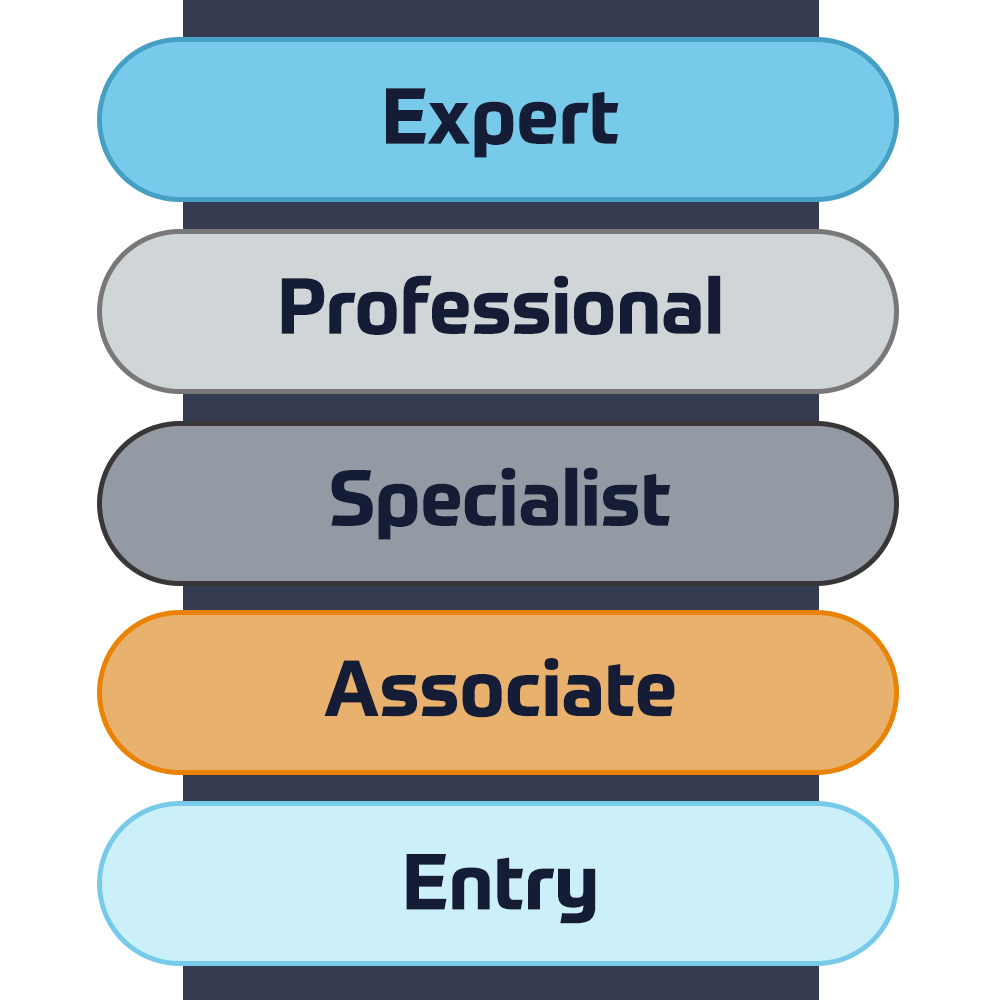




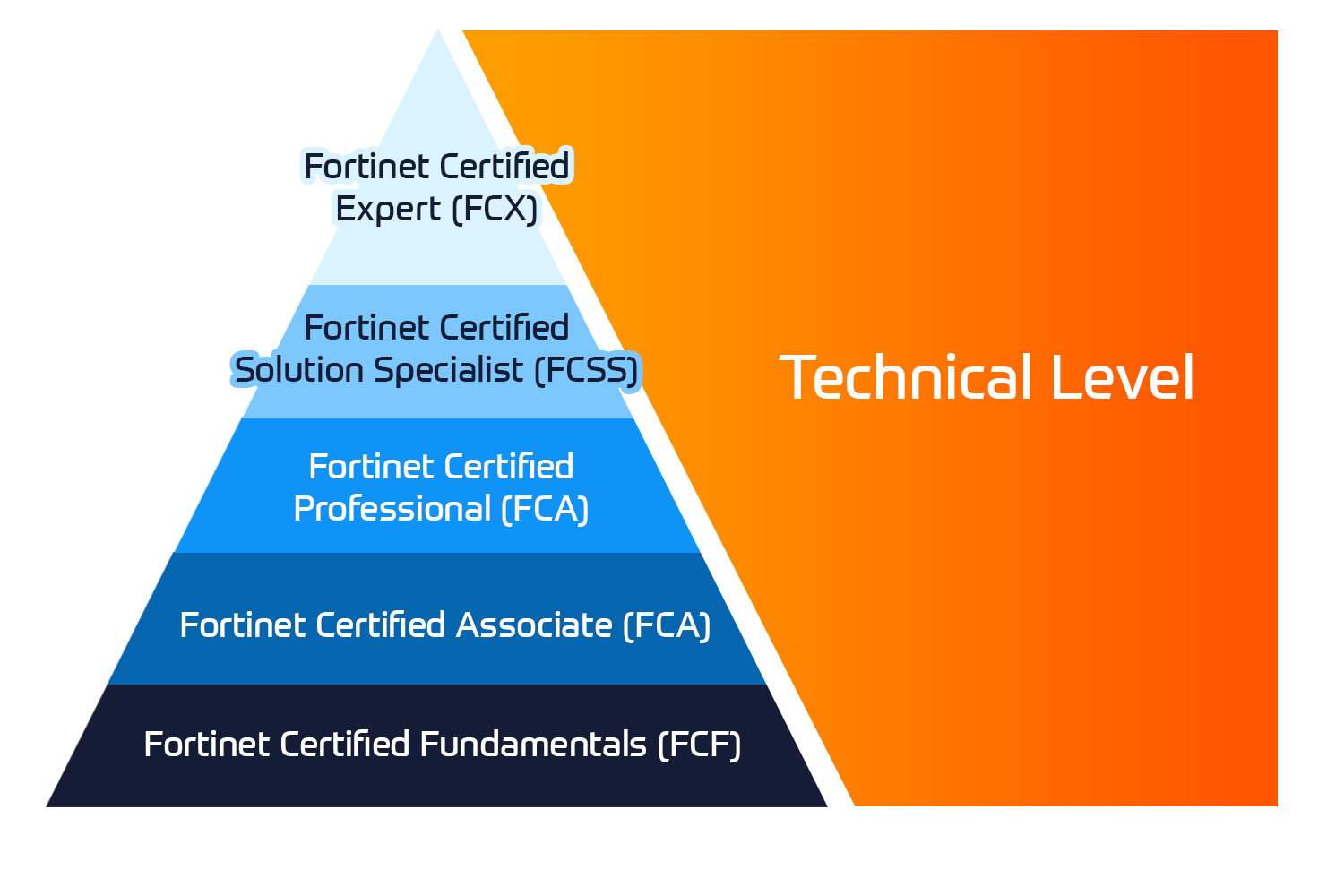


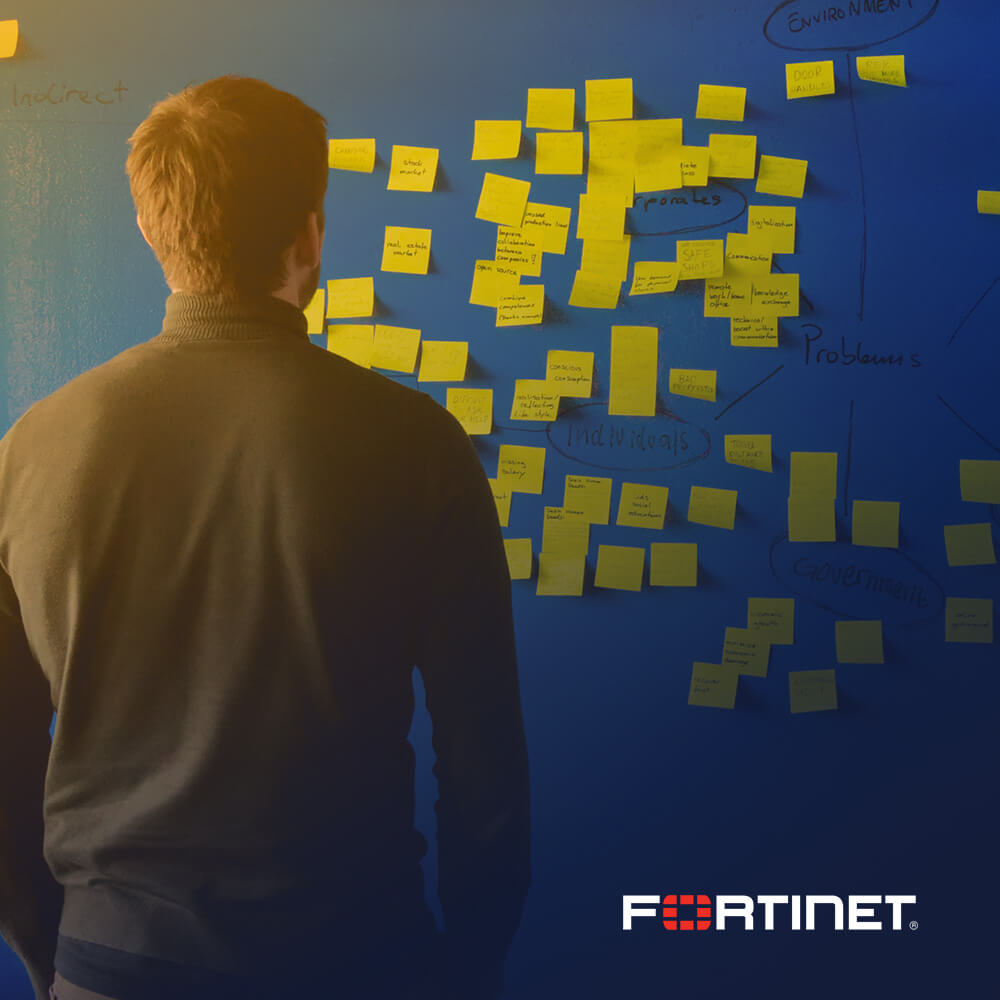
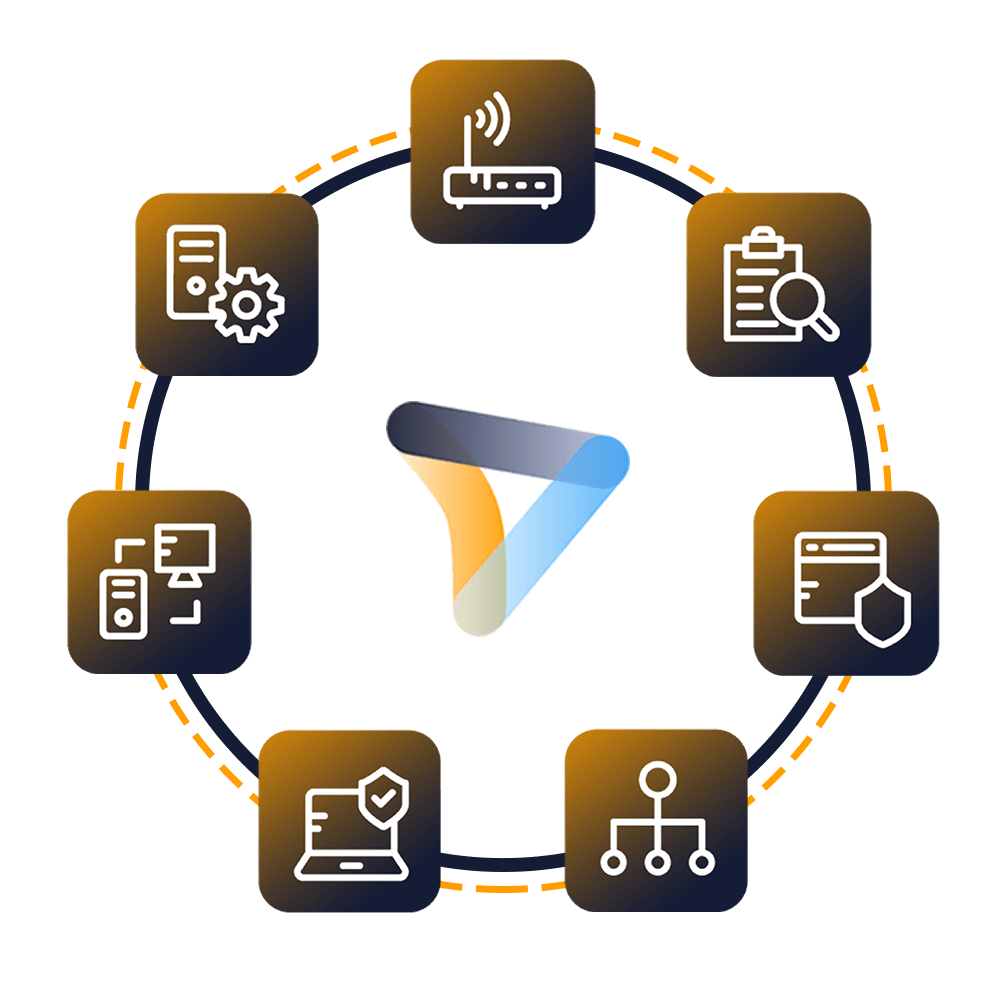











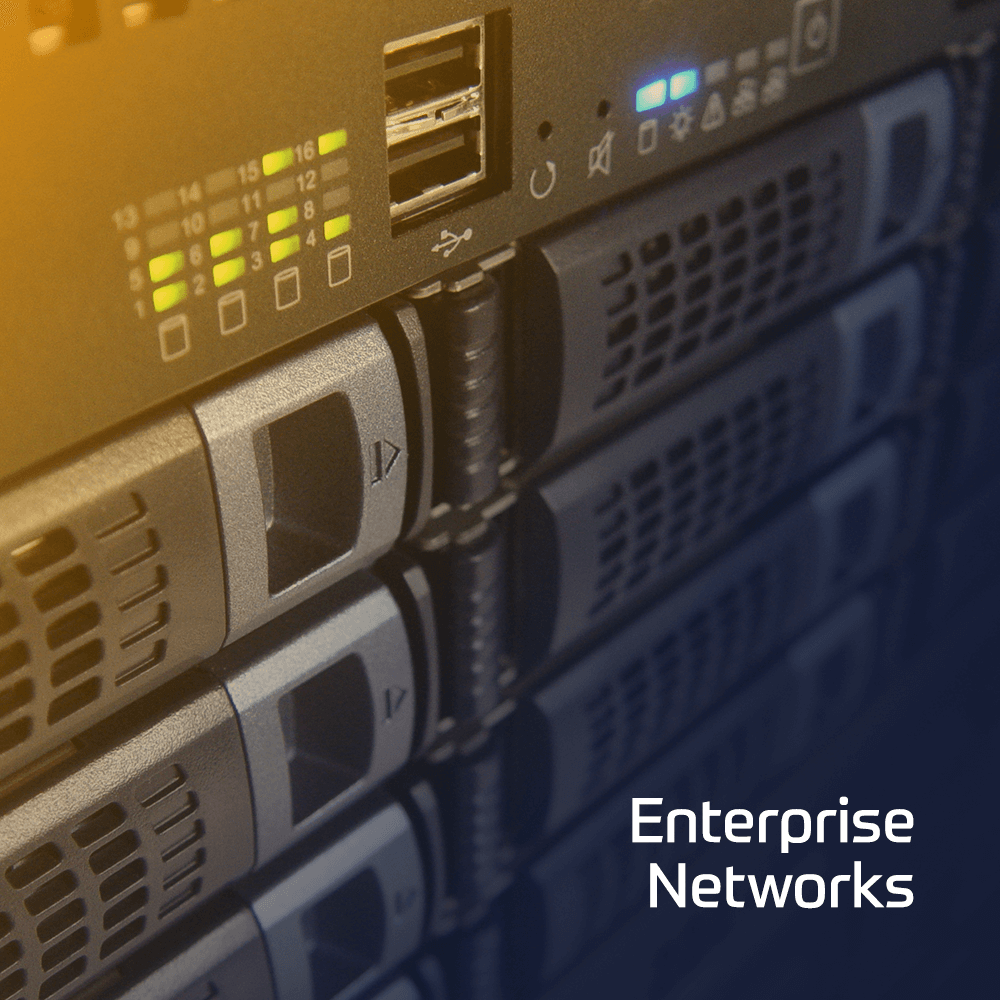





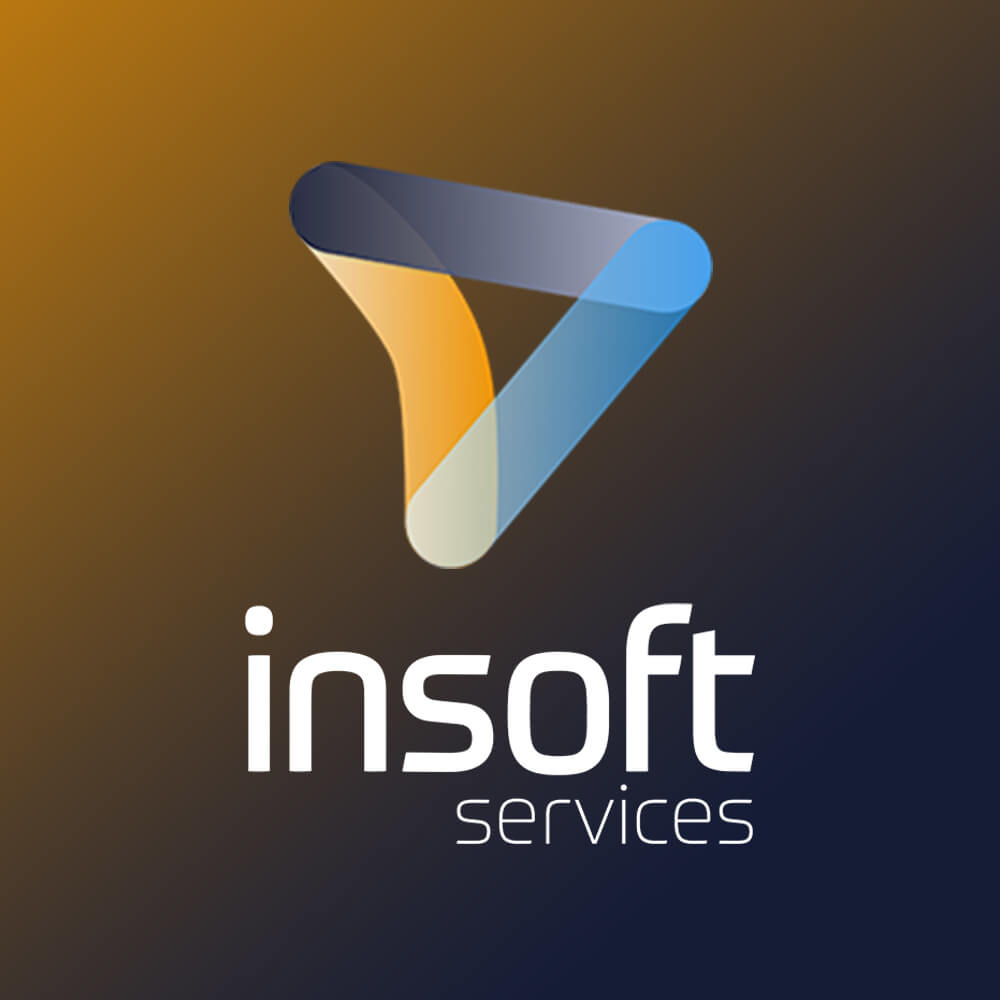


No Comments